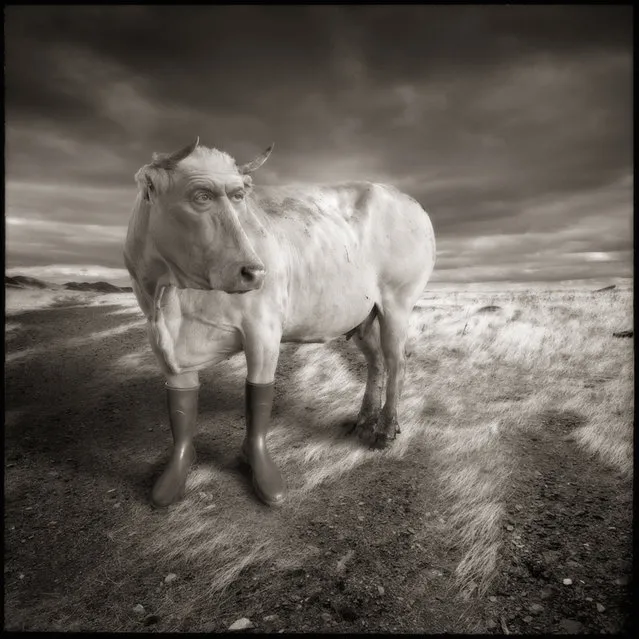23 Jul 2012 08:38:00,post received
0 comments
Details
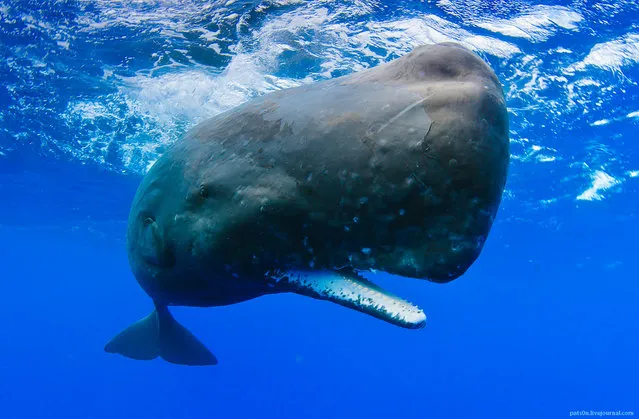
“Sperm whale opening it's huge mouth, Ogasawara Islands, Japan. Sperm whales are the biggest carnivorous animals on the planet. Each teeth in the mouth of adult specimen weights more than 1 kilogram. Interestingly enough that modern marine biologists believe that these teeth despite being fearsome play little role in capturing and eating giant squid – with their main function being mainly ritual aggression between males!”. (Photo by Alexander Safonov)
30 Nov 2012 11:22:00,post received
0 comments
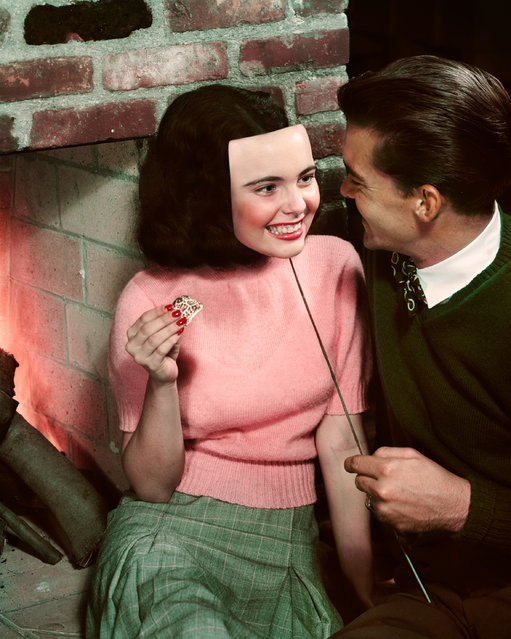
In Weronika Gęsicka’s unsettling images, American archive photography gets distorted into scenes that are both nightmarish yet somehow entirely plausible. Gęsicka is a guest artist at the Circulations festival for young European photographers, Paris, until 5 March. Here: “Untitled #5”. (Photo by Weronika Gęsicka/The Guardian)
23 Jan 2017 10:15:00,post received
0 comments
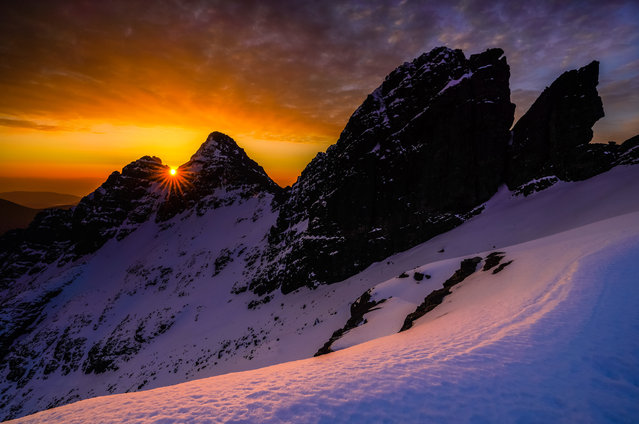
The sun rises between Sgurr nan Gillean and Knight’s Peak, Black Cuillin, Isle of Skye. (Photo by Adrian Trendall/Mountain Photo of the Year)
13 Jan 2023 02:09:00,post received
0 comments

Highly commended, mammals: Gelada after the storm – Marco Gaiotti (Italy). “Gelada baboons are the only monkey species in the world that feed on grasses. They are native to the tableland of Ethiopia. Every morning large family groups wander from their sleeping places in the steep rock face, up to 1,000 metres high, to the feeding grounds at the tablelands. This image clearly depicts their feeding strategy: they pull out bunches of grass, sort the stalks and then lift them to their mouth. This shot was taken towards the end of the rainy season after a heavy storm”. (Photo by Marco Gaiotti/2019 GDT European Wildlife Photographer of the Year)
31 Oct 2019 00:03:00,post received
0 comments
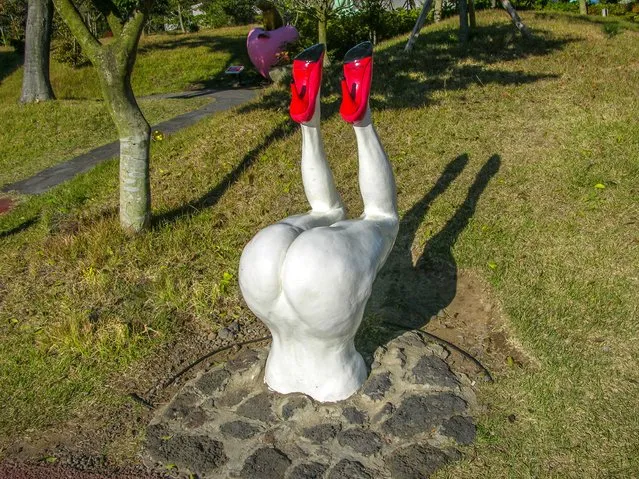
A statue is seen at the theme park “Love Land” on October 19, 2011 in Jeju, South Korea. Love Land is an outdoor sеx-themed sculpture park which opened in 2004 on Jeju Island. The park runs sеx education films and features 140 sculptures representing humans in various sеxual positions. It also has other elements such as large phallus statues, stone labia, and hands-on exhibits such as a “masturbation-cycle”. (Photo by James Jiao/Rex Features/Shutterstock)
27 Aug 2022 04:26:00,post received
0 comments
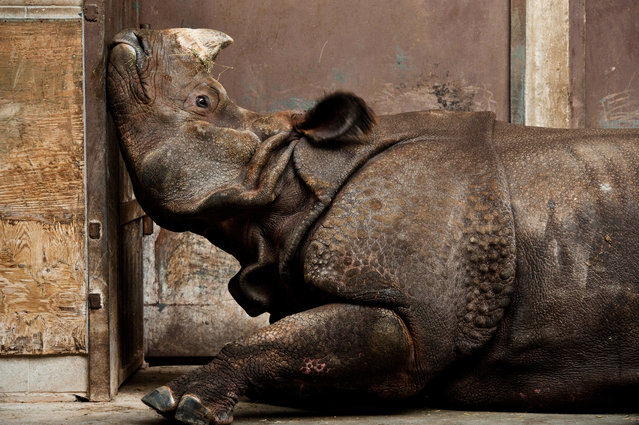
“Honorable Mention”. An Indian rhinoceros, far from home and stuck inside with late-winter blues at the Toronto zoo. Photo location: Toronto, Ontario, Canada. (Photo and caption by Stephen De Lisle/National Geographic Photo Contest)
20 Dec 2013 10:04:00,post received
0 comments
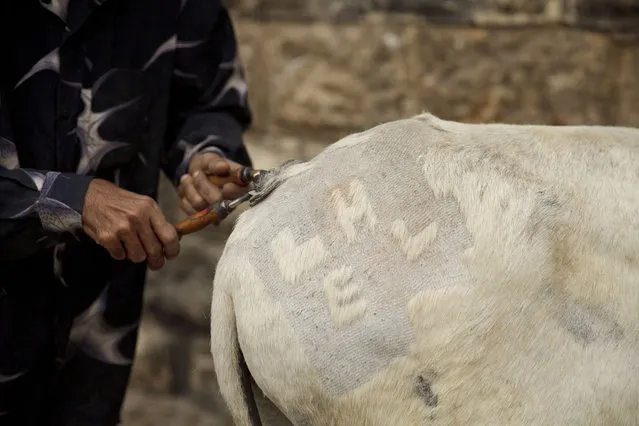
In this Sunday, March 2, 2014 photo, animal barber Mohamed Mahmoud shaves a customer's initials onto the rump of a donkey in Cairo, Egypt. Clients typically request for regular trims to keep animals cool in the summer, initials in English letters, and patterns – but sometimes they give Mahmoud full creative license. (Photo by Maya Alleruzzo/AP Photo)
03 Nov 2014 12:53:00,post received
0 comments
Last searches:

